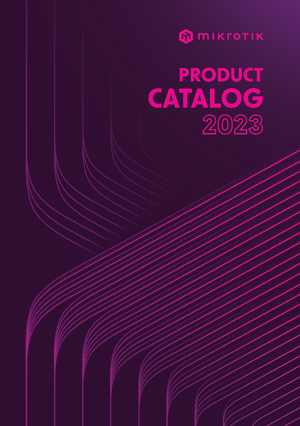- Information
- AI Chat
Was this document helpful?
Langlang 2nd version - This is a research sample.
Course: Industrial Engineering (ERGO1)
80 Documents
Students shared 80 documents in this course
University: University of the Assumption
Was this document helpful?

The COVID-19 pandemic wreaked havoc on the world, particularly on our daily lives,
affecting every area of society's daily struggles, including the world's educational system. The
impact of community quarantines, lockdowns, and school closures left pupils at home with little
or no access to learning opportunities, particularly those in remote areas. Nearly 270 million
individuals had been infected as of November 28, 2021, with over five million deaths. This
amounts to over 2,831,177 sick people and 48,205 deaths in the Philippines (Worldometer,
2020). To stop COVID-19 from spreading, the national government put in place quarantine rules
and temporarily closed down educational institutions. As a result, over a billion students around
the world have been impacted. Over 28 million Filipino students at all levels of education must
stay at home and adhere to the Philippine government's quarantine measures, according to
UNESCO (2020). To meet the demands of students, particularly the 3.5 million tertiary-level
students enrolled in nearly 2,400 HEIs across the country, certain HEIs have established
proactive strategies to ensure that education continues despite the closure. Modified types of
online learning are included in these policies, with the goal of facilitating student learning
activities. Online learning can take the form of synchronous, real-time lectures and time-based
outcomes assessments, or asynchronous, delayed-time activities such as pre-recorded video
lectures and time-independent assessments, as described by Oztok et al (2013).
https://www.frontiersin.org/articles/10.3389/feduc.2020.576371/full
The Commission on Higher Education (CHEd) of the Philippines recommended HEIs to
continue using "available flexible learning and other alternative modes of delivery in place of on-
campus study" (Commission on Higher Education, 2020). These declarations are intended to
facilitate the continuation of learning Joven et al. (2020) from primary to higher education levels



